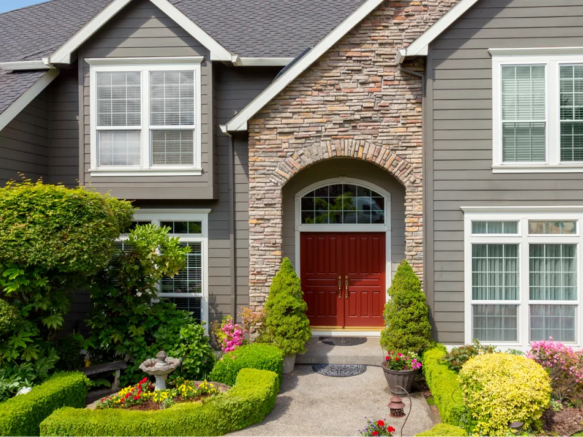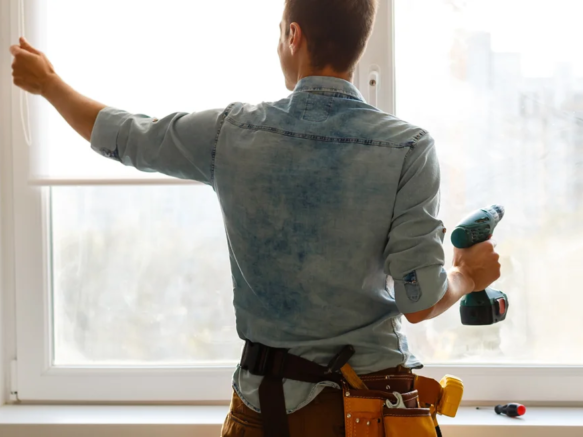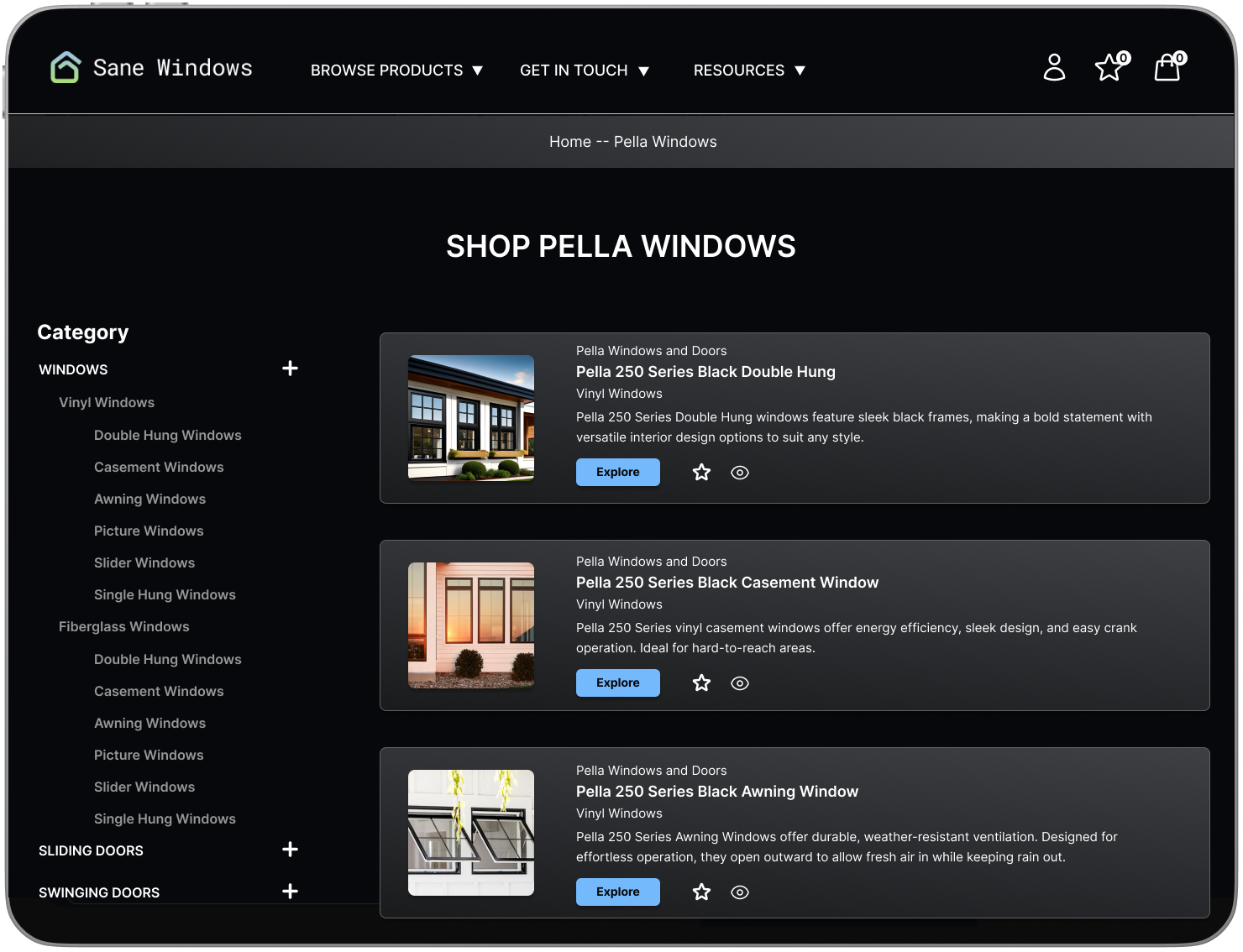When it comes to replacement windows, homeowners are often wowed by glass demonstrations: low-E coatings, double or triple-pane options, argon gas fills.
But here’s what most sales reps won’t mention:
Glass is only part of the equation.
The frame matters just as much—sometimes more.
And when that frame is made of vinyl, you may be signing up for a long list of trade-offs that can quietly erode your energy savings.
1. Vinyl Frames Expand and Contract — A Lot
Vinyl (PVC) is a plastic material, and like most plastics, it moves significantly with temperature changes. That means during hot summers and cold winters, vinyl frames expand and contract—not subtly, but dramatically enough to affect performance.
To prevent damage, manufacturers require a gap around the window during installation.
Per ProVia’s installation manual (2025, v1.9):
“IMPORTANT! Allow for expansion and contraction of the window unit when contacting exterior finish material.”
In practice, this means leaving a gap—often around ½ inch— around the entire perimeter of the window.
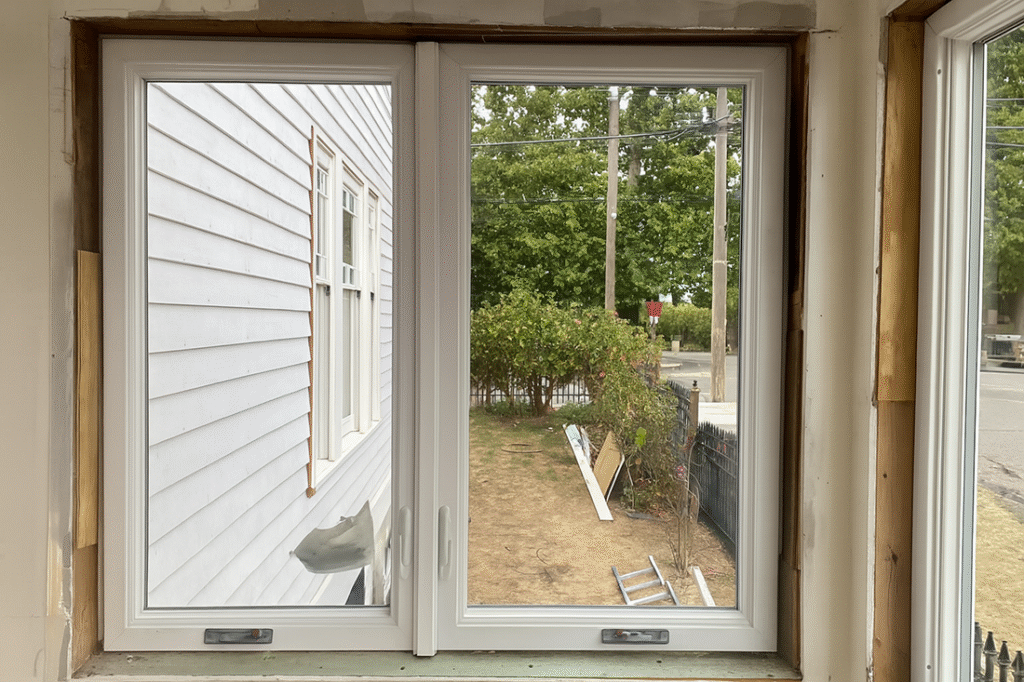
2. That Gap Can Become a Problem
A gap that wide must be filled. Installers typically use low-expanding spray foam and sealant. But even then, it’s a fragile solution:
- If the gap is under-insulated, cold air, moisture, and even insects can slip through.
- If the gap is over-insulated, it can cause the vinyl frame to bow or warp.
ProVia warns:
“Over use of low-expanding foam may cause frame to bow, jeopardizing operation of window.”
This means the installer has to hit a narrow “Goldilocks zone” — not too much, not too little — and do it perfectly around every window. One bad seal, one overstuffed corner, and performance drops sharply.
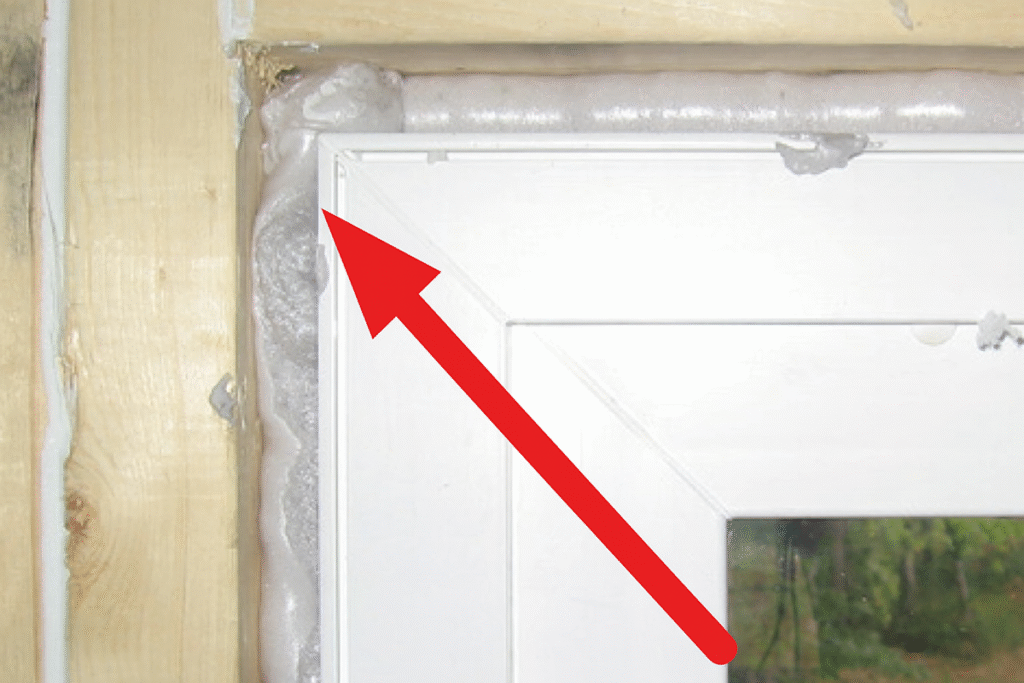
3. Foam-Filled Frames: Smart Upgrade or Just Marketing?
Some vinyl manufacturers promote foam-filled frames as a solution. It sounds like a smart upgrade — until you look at the data.
Studies and field reports show that foam adds very little actual insulation. Most hollow vinyl frames already have an R-value around 2.0. Adding foam increases that to about R-2.3 — a minor improvement with barely noticeable energy savings.
According to analysis cited by GreenBuildingAdvisor, the added efficiency typically equates to less than $1 per year in savings per window.
So while it may sound impressive in a sales pitch, foam does little to change the underlying physics.
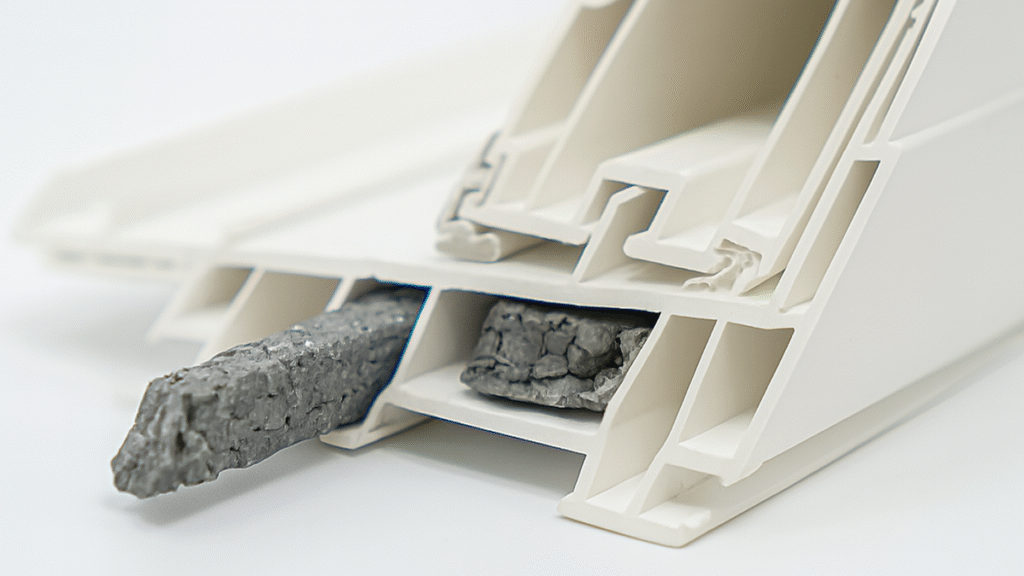
Final Thoughts: Don’t Let a Great Pane Be Surrounded by a Weak Frame
When evaluating window options, don’t let the glass specs distract you from what’s holding the glass in place.
A vinyl frame may be affordable, but it comes with real-world challenges:
- Larger installation gaps
- Precision insulation required to avoid performance issues
- Risk of long-term warping or drafts if not installed perfectly
If your goal is true long-term energy efficiency and durability, take the time to evaluate more than just the glass. Ask about frame construction, installation methods, and what happens when materials start to age.



